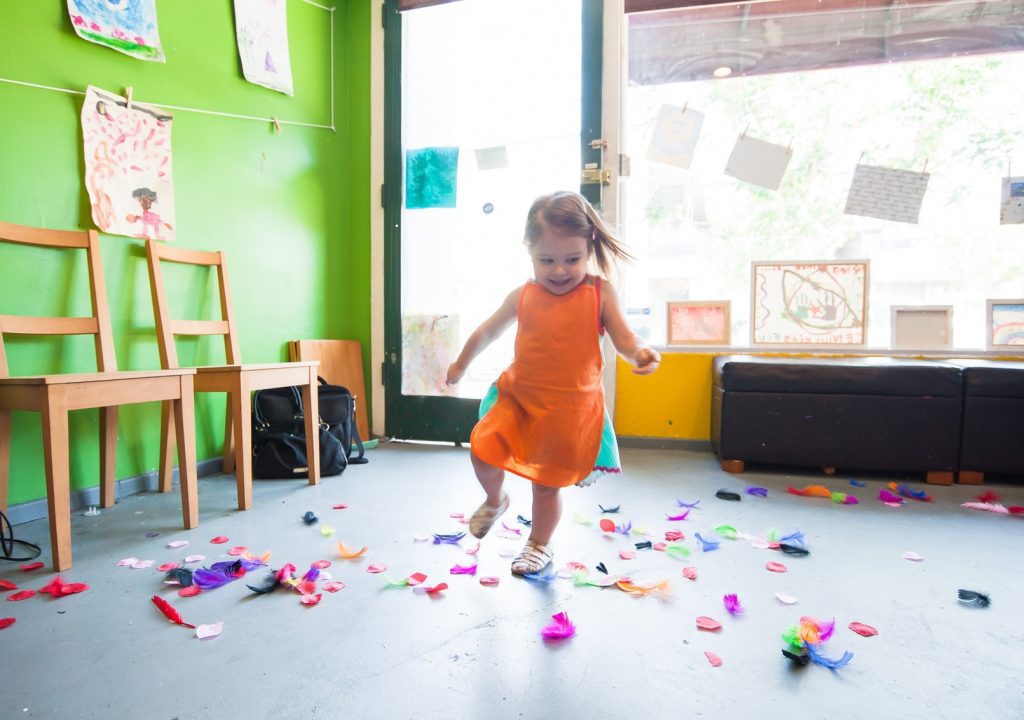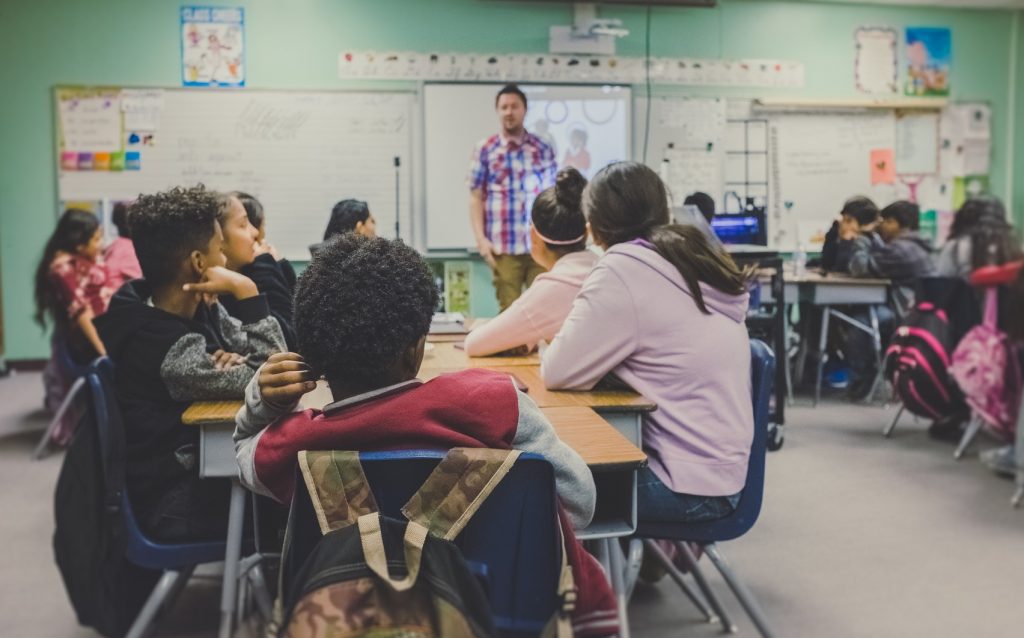Australia has one of the best education systems in the world that attracts many international students. The states of Victoria, New South Wales, Queensland, and Western Australia have some of the best schools in the country when you consider the education ranking by state.
Despite the good education system, a health problem arises. Students spend 70 percent of their time sitting down, exposed to a very serious health risk. This happens not only in Australia but in most schools all over the world.
While at school, most classes require sitting down 100 percent of the time. While going home, students may opt to take a bus or be picked up rather than walking home. At home, many children spend more than 5 hours in front of the television or laptop. Thus, in a day, children do little on physical activity, a serious issue that can lead to serious health issues in their adulthood.
Consequences of Physical Inactivity
Physical inactivity can lead to health issues, both mentally and physically. Some of them include:
- Obesity
Food is eaten 2 to 3 times a day by all whether you are physically active or not. For people with a sedentary lifestyle, risk becoming obese since they are taking in many calories and burning very few.
- Heart Disease
As you develop obesity, other health issues also crop up. Increased cholesterol can affect arteries, resulting in heart disease. An increase in body weight also makes the heart overwork to pump blood to all parts of the body, an issue that will have negative effects later on. However, exercise improves the function of the heart, contributing to a healthy cardiovascular system.
- Death
It may seem unreasonable that a sedentary lifestyle can lead to death but it can happen. According to the World Health Organization, physical inactivity is one of the leading causes of death in both developed and developing countries. That is why on April 7th of every year, World Health Day is observed in order to educate people on the importance of leading a physically active life.
How Active Lessons Boost Learning and Health
Physical activity contributes to physical and mental health in the following ways:
- Improved Mood
Physical activity leads to the release of chemicals in the brain that makes you relaxed and happy. As stress and anxiety are reduced in children, they experience improved moods which can greatly contribute to being active in class and also socializing with classmates.
- Reduces the Risk of Diseases
Physical activity increases blood flow which contributes to good health. The risk of developing diseases such as high blood pressure is reduced. Additionally, bad cholesterol is also eliminated from the body. The risk of developing Type 2 diabetes, anxiety, depression, stroke and arthritis among others is also reduced in children if they are physically active.
- Improves Sleep
Regular physical activity leads to improvement of sleep in the long-run. Sleep problems such as insomnia can lead to a lack of concentration in class which leads to poor grades. Although the improvement of sleep is not experienced immediately, children will experience these benefits after a few days or weeks. Improved concentration and more energy will be noticed in children.
- Controls Body Weight
Exercise helps children maintain healthy body weight, considering they eat a lot at their age. Physical activity can help them lose weight if they are overweight or it can help them maintain healthy body weight.
Healthy body weight will make them feel good and it will also make it easy for them to move around and take part in activities without getting tired fast.
As much as exercise helps control weight, a healthy diet is also important if body weight is to be controlled effectively. Plant-based diets are beneficial especially when it comes to losing weight. Such a diet helps you lose weight permanently as long as you follow a healthy lifestyle.
- Improves Memory and Thinking Skills
Physical activity improves brain health both directly and indirectly. It does so indirectly by eliminating stress and anxiety thus improving mood and sleep problems. Such problems can contribute to cognitive impairment.
Exercise also contributes to the stimulation of brain chemicals that contribute to the growth of brain cells and stimulation of new ones to be created. This contributes to improved memory and better concentration, something that is vital for students.
- Increased Blood Volumes
If you have been wondering how to increase blood in the body, you may be surprised that exercising is one way to do this. Performing endurance exercises such as swimming can increase blood volume thus improving physical performance.
By now, you must have noticed how important physical activity is, for both children and adults. If you are a university student, you must have so much work to do that you may not get time to exercise. However, it is important to do so. You can schedule regular times to exercise either on a daily basis or at regular intervals during the week. If you are asking yourself ‘Who can help write my essay?’ while you are busy exercising, you can always ask for help from professional writers online. That way, you get time to keep healthy and your assignments will be done on time.
How To Incorporate Physical Activity in School Children
Although most children spend 70 percent of their time sitting down while in school, this does not have to be the case all the time. If you are a teacher or head of a school, what can you do to ensure the children get enough physical activity while still learning?
- Make Your Lessons Active

Whether you are teaching Mathematics, English or Science, there is always something you can do to incorporate physical activity in your lessons. Taking an example of a science lesson on plants and their characteristics, you can take the lesson outdoors instead of doing it in class. The students can take a walk to places with the plants you are teaching about so that they can see them physically instead of seeing them in books or videos.
If it is a Mathematics lesson on addition and subtraction, the students can do it practically as you incorporate physical activity. They can play physically active games that are still educative.
- Make Sports Interesting
P.E may not be a favorite time for some students. What can you do to make this an interesting time for all? Not all children are the same. Hence, one may enjoy dancing but does not enjoy running and skipping rope. Others may enjoy playing sports such as football but they do not enjoy skipping rope. For the P.E lesson, divide students into a group of what they like to do as this will motivate them to take part in the physical activity of their liking.
- Take Breaks During Class
If you have a 1-hour class, you can take a break in between. Children running, playing, walking or even dancing during this short break can have a huge positive impact. Having 5 to 10-minute breaks every 30 minutes can largely contribute to the good physical health of students.
- Field Trips
If you have organized for a field trip for students and it is a place near the school, you can make arrangements for students to walk to the premises instead of using a school bus. Of course, for those who have health issues, arrangements can be made for them to be transported to the premises.






